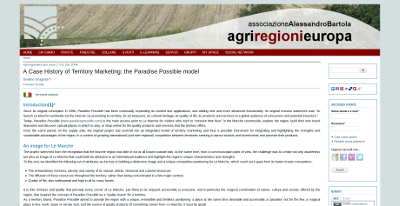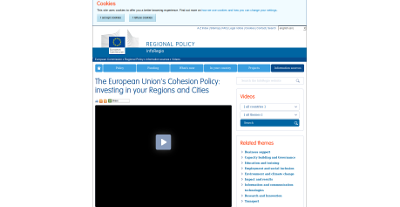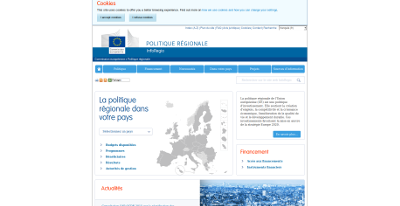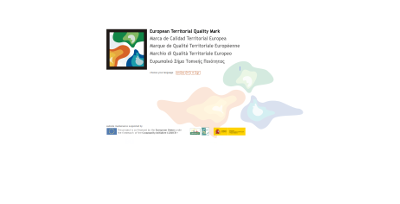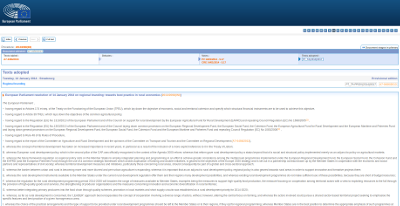It takes more than a minute, but it can become a thing to be proud of
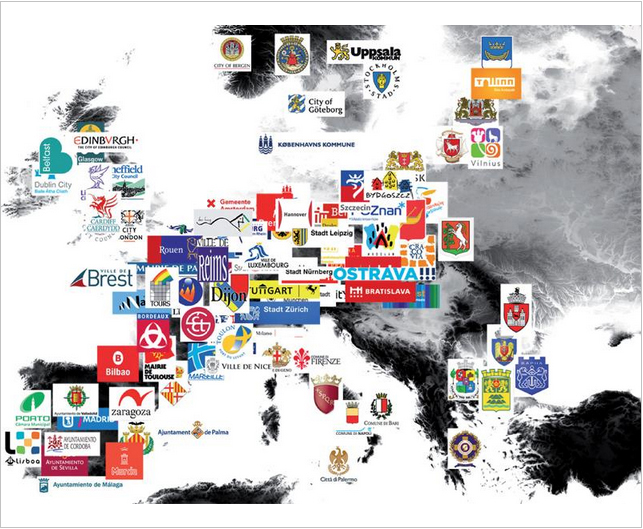
There are several steps to create a territorial brand, all of them very important.
- Give life to a “steering committee”, that is a group of people who are interested in starting this idea and create a pilot experience, to which other subjects may subsequently adhere. It is often composed of both private and public subjects.
- Select the area which the territorial brand will be referred to
-
What do you have in common?
Try and find several key elements, both renowned and still unknown, that actually make the selected territory “special”, and all the products and services that could be related to those particular, specific ways of being “special”. For example, your people may be particularly kind and open to others, so everything you put under your brand will be “coloured”, and communicated, with the colours of kindness. The same goes if you are renowned for your precision and efficiency, your closeness to nature, your special relation with the sea, with wood, etc.. When you have identified these elements, and agreed on them within the steering committee, share them with your territory, in dedicated meetings. There has to be a large consensus on this.
-
Identify a first list of key products and services that would perfectly fit with the brand identity
They may be farm products, processed products (especially if they are processed according to traditional recipes, but also modern technological innovations can be introduced, especially if they allow you to better preserve the taste of the product in a natural way, its nutritional qualities, to adapt it to modern nutritional needs, to lengthen its shelf life, to make its storage and transportation easier); there also may be services, of course hotels, restaurants and cafés, but also, for example, dance courses, traditional tales books, ancient languages courses and seminars; local language theatre, traditional music, traditional ways of training animals, and so on.
- A territorial brand is a collective mark. Check European and national law on this matter. Generally speaking, the registration of collective marks is granted to those subjects who guarantee the origin, nature or quality of the goods or services and that allow the use of the trademarks to manufacturers or dealers who meet certain requirements. Their use cannot be restricted to operators related to the non-economic sector, but must be allowed in compliance with the regulation of use (mandatory guideline), which is attached to the request for protection, produced by the body or association during first registration. The collective mark is defined public if the holder is a public entity; private when the holder is a private entity, generally in the legal form of the consortium or association. The promoters of public collective marks are usually: provinces, regions, municipalities, parks and protected areas, mountain communities and chambers of commerce individually or in partnership with one another.
-
Create the brand
The correct look of your brand is very important. It has to say something. Do not be in a hurry. Ask for more and more proposals if necessary, but the visual and the text must be really good, and it is not a matter of how much you spend, but how good your briefing is and the graphic study you hire. A very important issue is that the brand must be new in order to be registered (and thus protected from imitations). Before finalizing the look of the brand (visual and text), go to a registration office and check that there are no similar antecedent marks.
-
Commitment
This is one of the most important points. With your brand, you promise something to your customers. And this promise has to be kept, always, since it is very hard to regain a good image once someone in your group has spoiled it. Every mistake has inevitable effects on the whole project. What is therefore needed are:
- a mandatory guideline (regulation of use), with detailed quality standards for each kind of product and service, which all people working under the brand accept to stick to;
- a plan of controls, which each participant accepts to undergo;
- fines and penalties should be foreseen for those who do not follow the guideline (those who spoil the image of the brand may have to repay the damage, financing the communication investments that may be necessary to regain a reliable image).
Rules have to be strict if you want quality to be high and constant.
-
Financial support
Your brand may benefit from grants, insofar it helps the development of local economies. Be sure to monitor all possible public financial support opportunities.
-
Communication
As usual, communication is necessary. There is a special Unit for this (link to unit), but something has to be said also as far as planning and steps are involved
- identify your selling points (link to unit), the ones on which all your branding is based
- identify your target customers: who are they? Tourists? Travelling professionals? E-commerce clients? Local consumers who want to “buy local”? Are they mostly mature or young? National or foreigneers? You can take a look at tourism statistics to have more information;
- identify the ways these customers prefer to get information: media (do not forget the web); key experts; key messages;key issues;
- identify a mix of possible elements of a campaign, distinguishing between continuous communication, spot messages, special events. Make a timetable.
- Ask for quotations (putting offering firms in a sort of contest, so that they are motivated to practice lower prices) and associate your timetable with the necessary investment: is it sustainable? Check and plan until you have a sustainable investment profile;
- Always, test and check before spending too much: make experiments in a small area, with a particular target; try your selected communication instruments for a short time and monitor their efficacy. Do not plan large investments until you have some idea of their possible return.
- When you plan investments, also plan the measurement of Key Performance Indicators (n° of persons you have reached with your messages, cost for each person, % of people who have noticed and remember the message, effects on tourism, and on sales, etc.
Important to note:
A territorial brand is a value that people working in the same area, with the same historical and sociological roots, offer to the world together.
Customers can feel the lack of harmony, identity, cohesion at once. Therefore, before, giving life to a territorial brand, it is very important to check the level of motivation of the persons involved in the pilot project. It is their commitment that determines the success of the initiative, and thus attracts new participants.
Here are a few interesting links on territorial brands

The case FAI brand “FIRMATO DAGLI AGRICOLTORI ITALIANI" (SIGNED BY ITALIAN FARMERS)
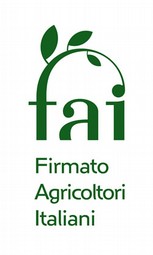
It is a brand that guarantees, under one name and sign:
Agricultural identity : elements characterizing Italian food product
Origin : the country, the place of production , the place of cultivation, breeding used
Traceability: documentation that allows you to track and trace the chain of a food product , from farm to consumer
Questions & Answers
1. What is a territorial brand? What does it promote?
2. Why is a guideline needed?
3. Why is consensus on main values needed?
4. By which steps has communication to be planned?

This communication (website) reflects the views only of the author, and the Commission cannot be held responsible for any use which may be made of the information contained therein.



